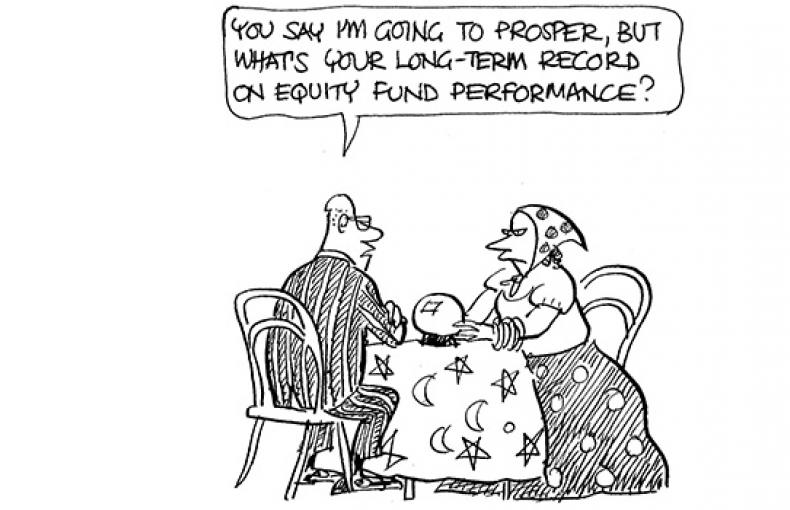
Successful venture-capital-fund managers tend to perform well on a follow-up fund. But the data tell a different story for buyout funds.
- By
- June 20, 2014
- CBR - Finance

Successful venture-capital-fund managers tend to perform well on a follow-up fund. But the data tell a different story for buyout funds.
For decades, conventional wisdom has dictated that smart investors should put money with private-equity managers who have previously run successful funds.
But the research supporting this largely considers data from before 2000, and much has changed in the market since then. Is the conventional wisdom still good? Research suggests it is—with some caveats.
Professor Steve Kaplan studied private-equity funds from 1984 to 2008 to see if partnerships produced a consistent track record, even across different funds. Along with Robert S. Harris from the University of Virginia, and Tim Jenkinson and Ruediger Stucke from the University of Oxford, Kaplan considered two types of private-equity investments: venture-capital funds, which invest in early-stage companies, and buyout funds, which acquire equity in more mature companies.
The team use a dataset provided by Burgiss, a software and data company whose system is used by many private-equity funds for record-keeping and fund-investment monitoring. The data come from institutional investors with more than 200 investment programs that have invested more than $1 trillion in capital in private equity.
While the results confirm that the conventional wisdom proved solid advice prior to 2000, the economists find the evidence is mixed for the years following.
In the case of venture-capital-fund partnerships, performance persistence did continue. For the entire timeline the researchers considered, partnerships that had previously run a venture fund in the top quartile of performance were likely to run a second venture fund that was also a top-quartile performer—partners that had run a top performer ran another top performer more than 48% of the time.
Meanwhile, partnerships that had run a venture fund in the bottom performance quartile had a follow-up fund crack the top quartile only 15% of the time.
When venture-fund partnerships had run two previous funds, evidence of performance persistence was even stronger. For partners who had run a top-quartile fund two funds ago, 67% performed above the median.
The data tell a different story for buyout funds, where the researchers find that performance persistence fell after 2000. Partnerships that had run a top-quartile fund went on to run another top-quartile fund 22% of the time—almost the same percentage as partnerships that had previously run a bottom-quartile fund.
Additionally, the data show that the performance of the second previous fund did little to predict performance of the current fund across the entire sample, and did nothing at all after 2000.
Ultimately, the research provides evidence that conventional wisdom still holds for venture-capital funds, but less so for buyout funds.
At the same time, the research also questions another traditional adage, that only private-equity investors with previous funds in the top quartile will outperform the stock market, after fees. The research team finds that for buyout funds, from 1984 to 2008, “returns for partnerships in all previous fund quartiles, including the bottom, exceed those of public markets as measured by the S&P 500.” This has been true for funds raised before and after 2000. Once again, the conventional wisdom holds truer for venture funds. Only venture funds with previous funds in the top two performance quartiles outperformed the S&P 500 both before and after 2000.

Robert S. Harris, Tim Jenkinson, Steve Kaplan, and Ruediger Stucke, “Has Persistence Persisted in Private Equity? Evidence From Buyout and Venture Capital Funds,” Working paper, April 2013.

Do your choices reflect the marginal utility of money for you?
One Factor You May Be Leaving Out of Your Financial Decision-Making
It’s still difficult for retail investors to exert influence on the companies in their portfolios—for now.
Can Individual Investors Make Their Voices Heard?
Research suggests HFT winners gain billions of dollars per year at the expense of other participants in global stock markets.
How to Calculate How Much High-Frequency Trading Costs InvestorsYour Privacy
We want to demonstrate our commitment to your privacy. Please review Chicago Booth's privacy notice, which provides information explaining how and why we collect particular information when you visit our website.